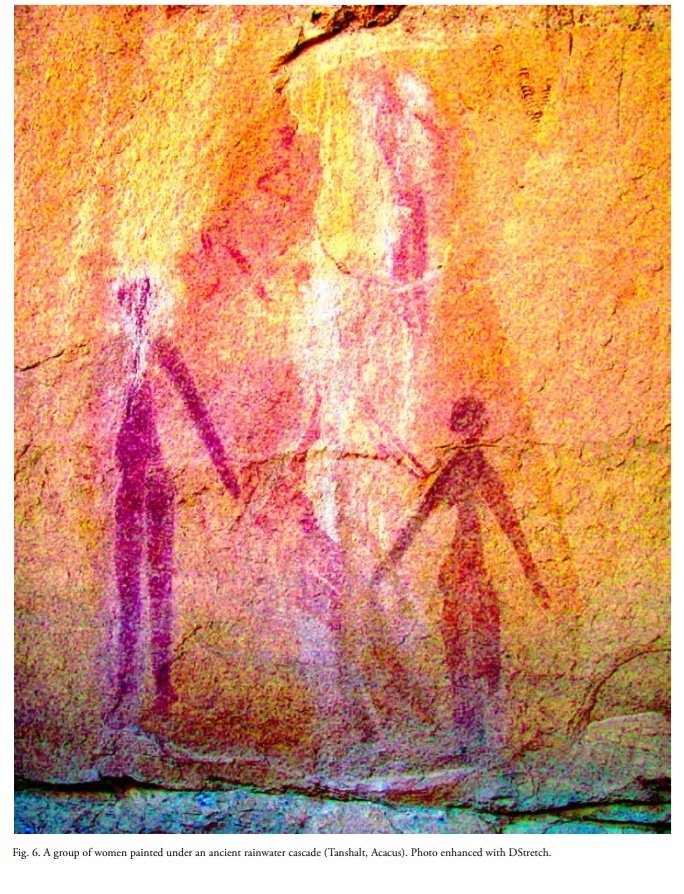Oral Tradition and Archeological Evidence For the Mande origin of the Ancient Tichitt Civilization
(THREAD)
"During this final phase the Dhar Tichitt-Walata counts 90 villages built...before settling again and forming the kingdom of Ghana"
- Professor Augustin Holl



(THREAD)
"During this final phase the Dhar Tichitt-Walata counts 90 villages built...before settling again and forming the kingdom of Ghana"
- Professor Augustin Holl
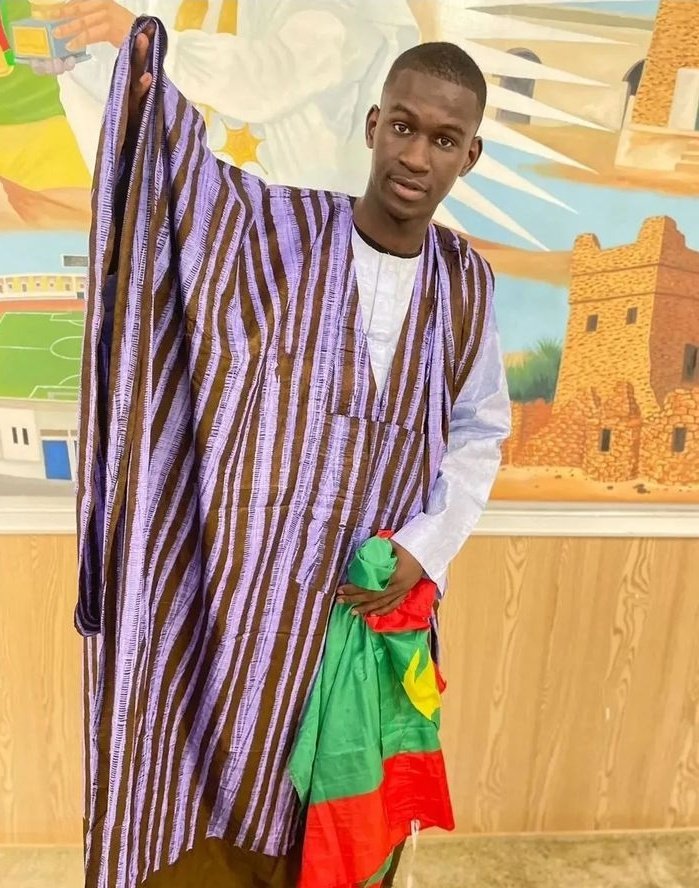


"Neolithic sites there are attributed by the present nomadic population of the country to the Gangara, who were probably ancestors of the Soninke. Indeed, Azer, a Soninke dialect, is still spoken in Walata, Nema, Tichitt, and even in Shingit"
- Professor George E Brooks
- Professor George E Brooks
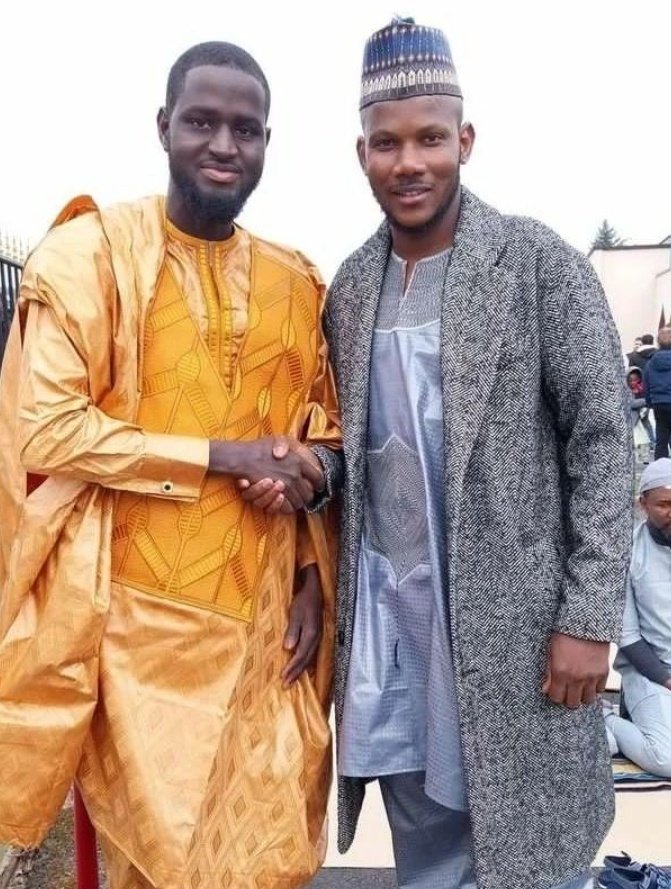
"At some point before the coming of
Islam, however, the arrival of another discrete people from the north is attested by the oral traditions. These people are termed the "Nono" in the Tarikh as Sudan (Es-Sadi, AD 1650) and in numerous Mande oral tradition"
- Kevin C. MacDonald
Islam, however, the arrival of another discrete people from the north is attested by the oral traditions. These people are termed the "Nono" in the Tarikh as Sudan (Es-Sadi, AD 1650) and in numerous Mande oral tradition"
- Kevin C. MacDonald
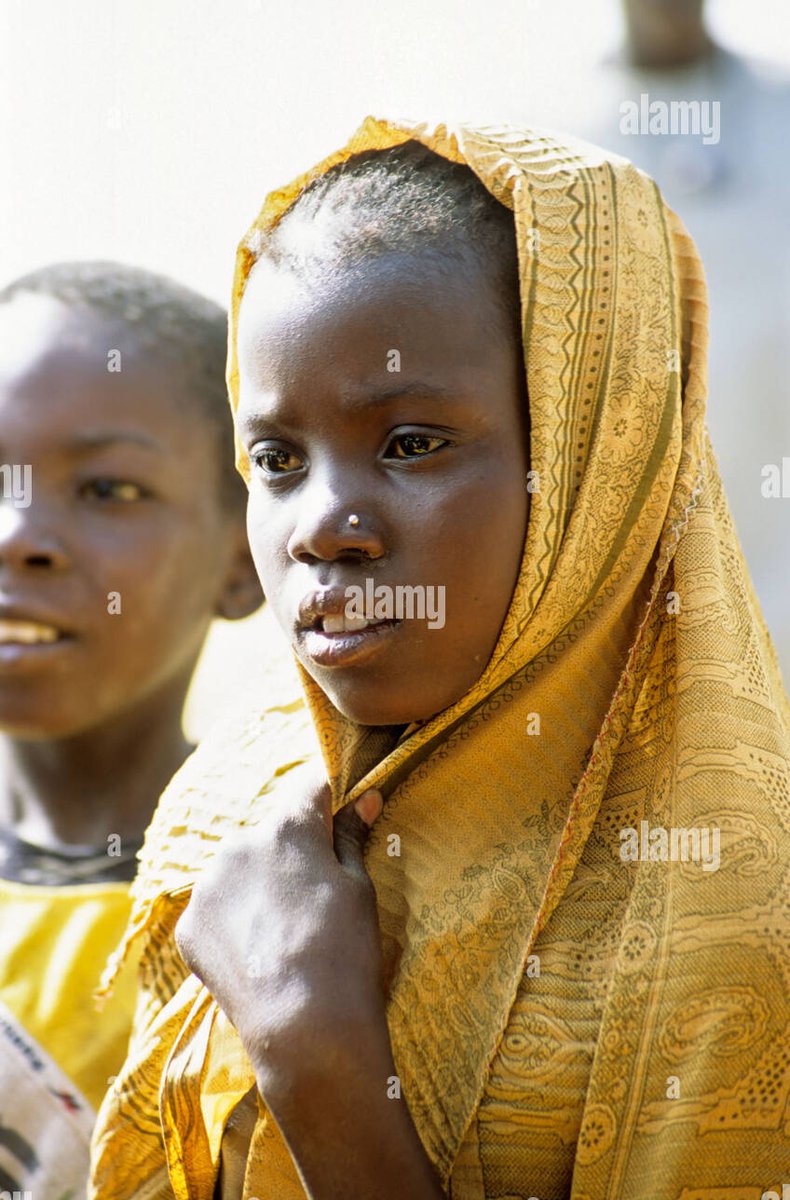
"and in numerous Mande oral traditions. The Nono are identified by Gallais with the modern Marka rice cultivators of the Inland Delta. The Marka are an amorphous and relatively recent Soninke ethnic creation"
- Professor Kevin C. MacDonald
- Professor Kevin C. MacDonald
"the Tichin-Oualata diaspora has long been associated with the Soninke or Proto-Soninke peoples. A case for a dispersion of Proto-Soninke from Dhar Tichint to the Inland Niger Delta"
- Professor Kevin C. MacDonald
- Professor Kevin C. MacDonald
"The oral traditions of populations living in these two valleys today point to the upland plateaux of present-day
Mauritania as their homeland prior to southward migration....Tichitt escarpment, have drainage systems that lead to the two great floodplain"
- Prof. Susan McIntosh


Mauritania as their homeland prior to southward migration....Tichitt escarpment, have drainage systems that lead to the two great floodplain"
- Prof. Susan McIntosh
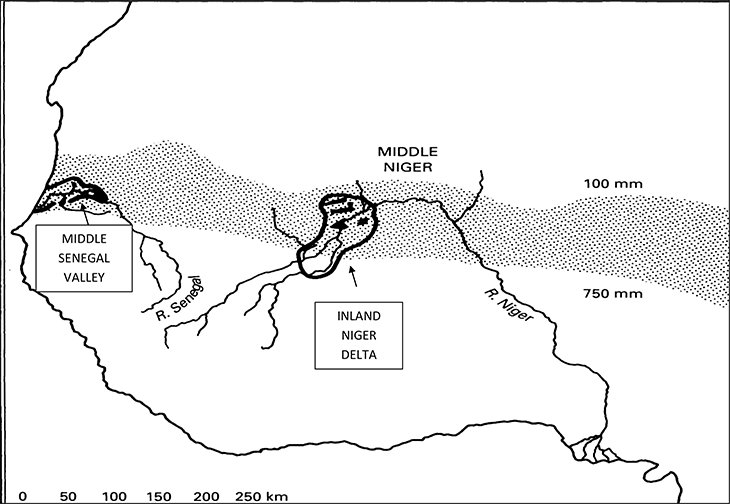

"The civilisation of Tichitt which comes from the Central Sahara at ca. 4000 bp (and is linked by oral tradition and archaeology to the subsequent Mande
peoples of West Africa)."
- Dr. Hamdi Abbas Ahmed Abd-El-Moneim
peoples of West Africa)."
- Dr. Hamdi Abbas Ahmed Abd-El-Moneim

"In any case, this phenomenon has become known as the proto-Soninke
Diaspora, with this process of southerly migration from Mauritania recorded in many Soninke oral traditions (and in the toponomy of Mauritania)"
- Dr. Noemie Arazi
Diaspora, with this process of southerly migration from Mauritania recorded in many Soninke oral traditions (and in the toponomy of Mauritania)"
- Dr. Noemie Arazi

"These population movements have also been linked with the occupation of the Inland Niger Delta, where levels of inundation decreased during the early first millennium BC"
- Dr. Noemie Arazi
- Dr. Noemie Arazi
Nono- Soninkes :
"Specific oral traditions from Jenne that the earliest agriculturalists (Nono) in the Upper Delta came from Bassikounou ("gateway" from the Aoukar plains fronting Dhar Tichitt and Dhar Oualata to the Middle Niger) via Mema"
- Anthropologist Roderick J. McIntosh
"Specific oral traditions from Jenne that the earliest agriculturalists (Nono) in the Upper Delta came from Bassikounou ("gateway" from the Aoukar plains fronting Dhar Tichitt and Dhar Oualata to the Middle Niger) via Mema"
- Anthropologist Roderick J. McIntosh

"Yet eventually, the Tichitt farming diaspora appears to have persisted, creating in the Middle Niger the foundations for urbanism and empire building at Ghana and Mali."
- Prof Candice Goucher
- Prof Candice Goucher
"The Ghana/Wagadu formation “inherited” the hierarchical and other forms of power organization that characterized the Tichitt and the Tagant Traditions"
- Professor Ray Kea


- Professor Ray Kea


Wavy Line pottery in Ancient Tichitt
"Large jars with very thick walls were used for storage. The decorations are varied: grooves of impressions, cannelures, wavy lines"
- Archeologist Robert Vernet
"Large jars with very thick walls were used for storage. The decorations are varied: grooves of impressions, cannelures, wavy lines"
- Archeologist Robert Vernet

"The Dhar Tichitt culture is African, as can be seen from its pottery and other characteristics. It may have come from the east, most likely from neighbouring Tilemsi"
- Professor Henri-Jean Hugot



- Professor Henri-Jean Hugot

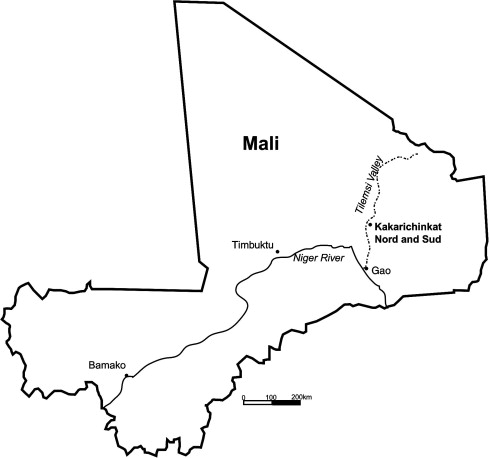

"Physically, on the basis of a limited corpus of data, the inhabitants of Dhar Tichitt are thought to have been of a Soudanais type (Dutour et al 1994)
- Professor Kevin C. MacDonald
- Professor Kevin C. MacDonald

"The West African Ounjoungou culture of Niger-Congo speaking peoples began harvesting the wild grain fonio as early as 9500 BCE, which eventually led to cultivation of this grain by 8000 BCE"
- Dr. Solange Ashby
- Dr. Solange Ashby

The Great Dr. John Henrik Clarke speaking about Mande people of the Ghana empire being descendents of the ancient Tichitt civilization.
"And this is the preface for Ghana"
- Dr. John Henrik Clarke
"And this is the preface for Ghana"
- Dr. John Henrik Clarke
"West-Central African ancestry correlates with both Bantu and non-Bantu languages in the Niger-Congo language family...whereas Western African ancestry correlates with Mande languages....West-Central and Western African ancestries are sibling ancestries"
- Dr. Jennifer L. Baker
- Dr. Jennifer L. Baker

"Using the largest multi-locus data set known to date, we investigated genetic differentiation of early modern humans, human admixture and migration events, and relationships among ancestries and language groups"




"In general, we find that groups from similar ancestry regions tend to have inferred admixture events at similar times and involving similar sources (Figure 3), which suggests that genetic variation has been shaped by shared historical events"
- Dr. George BJ Busby


- Dr. George BJ Busby


• • •
Missing some Tweet in this thread? You can try to
force a refresh

















